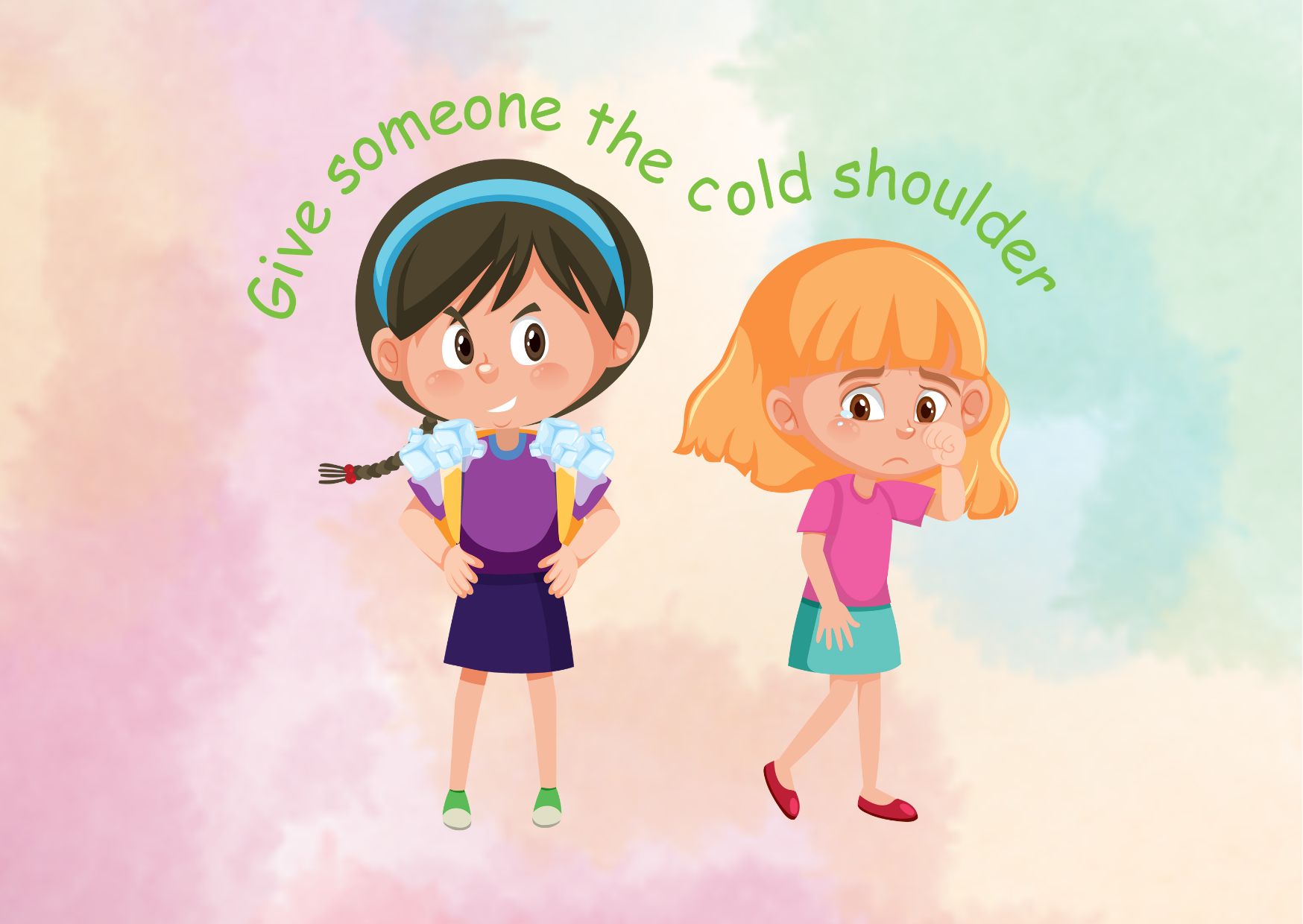Early Signs of a Narcissistic Child and How to Manage Them
Parenting can be challenging, especially when faced with signs of narcissism in children. Recognizing these early indicators is crucial for parents and caregivers to address potential issues before they become deeply ingrained patterns of behavior. Understanding how to identify and manage narcissistic traits in young individuals is essential to promote healthy emotional development and foster positive relationships.
This article explores the early signs of a narcissistic child and provides guidance on how to handle them effectively. It explores the concept of narcissism in children, outlines key indicators to watch for, and examines factors that may contribute to the development of narcissistic traits. By shedding light on this complex topic, readers will gain valuable insights to help a child with narcissistic tendencies and learn strategies to parent them in a way that encourages empathy, self-awareness, and healthy self-esteem.
Understanding Narcissism in Children
Narcissism in children is a complex and often misunderstood concept. To grasp its intricacies, it’s essential to explore the definition of Narcissistic Personality Disorder (NPD), understand how it differs in children compared to adults, and distinguish between normal and problematic narcissistic traits in young individuals.
Definition of Narcissistic Personality Disorder
Narcissistic Personality Disorder (NPD) is a mental health condition characterized by an overly high sense of self-worth and a desire for admiration from others. Individuals with NPD often exhibit a pattern of grandiose thoughts and ideas, coupled with a lack of empathy. Some key features of NPD include:
- Preoccupation with fantasies of power, success, brilliance, beauty, or ideal love
- A belief in one’s uniqueness or “special” status
- A sense of entitlement
- Interpersonal exploitativeness
- Feelings of envy towards others
It’s important to note that NPD cannot be diagnosed in individuals under the age of 18, as personality is considered to be variable until adulthood. However, narcissistic traits can be observed in children as young as two years old.
Differences Between Adult and Child Narcissism
While adults with NPD display specific diagnostic criteria, narcissism in children manifests differently due to their ongoing developmental stages. Children naturally go through phases where they may appear self-centered or have an inflated self-image. This is a normal part of their growth and doesn’t necessarily indicate a problem.
Key differences in child narcissism include:
- Developmental appropriateness: Certain behaviors, such as throwing tantrums over minor issues, may be appropriate for preschoolers but concerning in older children.
- Evolving empathy: As children grow, their ability to empathize and cooperate should increase, becoming more sensitive and appropriate.
- Self-esteem development: Young children often have an unrealistic view of their abilities, which should gradually become more balanced as they age.
- Responsibility-taking: Older children should begin to take responsibility for their actions rather than consistently blaming others.
Normal vs. Problematic Narcissistic Traits in Children
Distinguishing between normal developmental narcissism and problematic traits is crucial for parents and caregivers. While some self-centeredness is expected in children, persistent patterns of certain behaviors may be cause for concern.
Normal narcissistic traits in children:
- Temporary phases of self-centeredness
- Age-appropriate demands for attention
- Occasional difficulty in empathizing with others
Potentially problematic narcissistic traits:
- Monopolizing conversations
- Belittling others consistently
- Exaggerating successes while diminishing others’ achievements
- Persistent difficulty in empathizing with others
- Frequent temper tantrums and anger when not getting their way
- Consistently pushing against authority figures
It’s important to remember that the presence of these traits doesn’t automatically indicate a disorder. The frequency, intensity, and persistence of these behaviors, as well as their impact on the child’s relationships and daily functioning, are key factors to consider.

